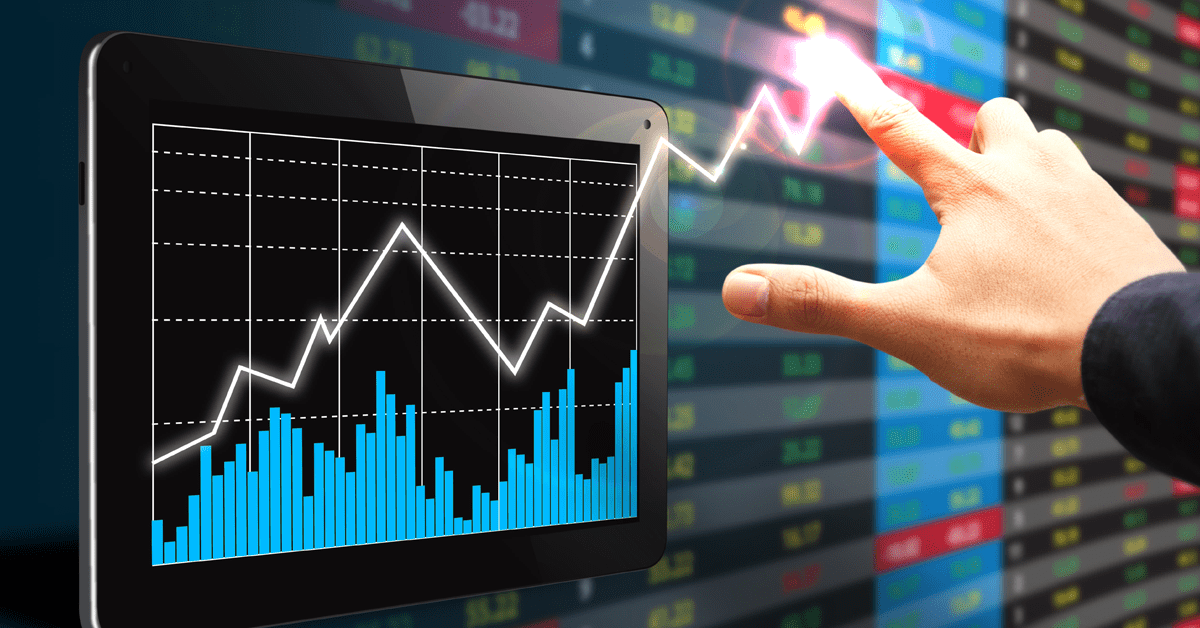Which Factors Influence the Accuracy of Trade Signals?

Trade signals are indicators or triggers that suggest buying or selling opportunities in the financial markets. They can be generated through technical analysis, fundamental analysis, or a combination of both. Traders in the UK rely on these signals to make informed decisions about when to enter or exit positions, aiming to capitalize on market movements.
Importance of Accuracy in Trade Signals
The accuracy of trade signals directly impacts trading success. A high degree of accuracy increases the likelihood of profitable trades, while inaccurate signals can lead to losses. Traders strive to minimize false signals and maximize the reliability of their trading strategies to achieve consistent profitability.
Market Volatility and its Impact
Volatility refers to the degree of price fluctuation in the market. High volatility can increase the frequency of trade signals but also elevate the risk of false signals. Traders must adjust their strategies to accommodate different levels of volatility and avoid overtrading during excessively turbulent market conditions.
Quality of Data Sources
The quality of data used to generate trade signals significantly influences their accuracy. Reliable data sources provide more accurate insights into market trends and patterns, enabling traders to make more informed decisions. Traders should prioritize data integrity and ensure the credibility of their sources to enhance signal accuracy.
Technical Indicators Used
Technical indicators play a crucial role in generating trade signals based on historical price and volume data. The choice of indicators, their parameters, and the methods used to interpret them can impact signal accuracy. Traders must select indicators that align with their trading objectives and demonstrate consistent performance in varying market conditions.
Algorithmic Complexity
Algorithmic trading systems employ sophisticated algorithms to analyze market data and generate trade signals automatically. The complexity of these algorithms can influence signal accuracy, with overly complex systems risking overfitting or poor adaptability to changing market dynamics. Traders should strive for a balance between complexity and robustness in algorithmic trading strategies.
Human Interpretation vs. Automated Systems
The debate between human discretion and automated trading systems continues in the financial markets. While automated systems offer speed and efficiency, human traders bring intuition and judgment to the decision-making process. Combining human expertise with automated systems can enhance signal accuracy by leveraging the strengths of both approaches.
Timeframe Considerations
The timeframe used for analysis can affect the accuracy of trade signals. Shorter timeframes may produce more frequent signals but are prone to noise and false positives. Longer timeframes offer more reliable signals but may require patience and discipline. Traders should align their timeframe preferences with their risk tolerance and trading style to optimize signal accuracy.
Risk Management Strategies
Effective risk management is essential for preserving capital and maximizing long-term profitability. Risk management strategies, such as setting stop-loss orders and position sizing, can mitigate losses resulting from inaccurate trade signals. Traders should prioritize risk management alongside signal accuracy to achieve sustainable trading success.
Psychological Factors
Psychological factors, such as fear, greed, and cognitive biases, can influence trading decisions and compromise signal accuracy. Emotional discipline and mental resilience are essential for maintaining objectivity and adhering to trading plans. Traders should cultivate self-awareness and emotional intelligence to mitigate the impact of psychological biases on signal accuracy.
Economic Events and News Releases
Economic events and news releases can trigger significant market movements, impacting the accuracy of trade signals. Traders must stay informed about upcoming events and their potential impact on the markets. Incorporating fundamental analysis alongside technical analysis can provide a more comprehensive understanding of market dynamics and improve signal accuracy.
Back testing and Validation
Back testing involves testing trading strategies using historical data to assess their performance and reliability. Validating trade signals through rigorous back testing helps identify strengths and weaknesses, refine strategy parameters, and improve signal accuracy. Traders should regularly review and update their trading strategies based on back testing results to adapt to evolving market conditions.
Integration of Fundamental Analysis
Fundamental analysis involves evaluating the underlying factors driving market movements, such as economic indicators, geopolitical events, and company financials. Integrating fundamental analysis with technical analysis can enhance signal accuracy by providing a deeper understanding of market fundamentals and potential catalysts for price movements.
Brokerage Platform and Execution Speed
The choice of brokerage platform and execution speed can impact signal accuracy, especially in fast-paced markets. Reliable execution and minimal latency ensure that trade orders are executed at desired prices, reducing slippage and improving trading outcomes. Traders should select reputable brokers with advanced trading technology to optimize signal accuracy.
Continuous Learning and Adaptation
The financial markets are dynamic and constantly evolving, requiring traders to adapt their strategies accordingly. Continuous learning, staying updated on market developments, and refining trading skills are essential for improving signal accuracy over time. Traders should embrace a growth mindset and remain flexible in their approach to trading.
FAQs
How can I improve the accuracy of trade signals?
Improving signal accuracy requires a combination of factors, including selecting reliable data sources, refining trading strategies through back testing, and practicing effective risk management.
What role do technical indicators play in signal accuracy?
Technical indicators help identify potential trading opportunities based on historical price and volume data. Choosing indicators with proven reliability and aligning them with market conditions can enhance signal accuracy.
Why is risk management important for signal accuracy?
Effective risk management helps mitigate losses resulting from inaccurate trade signals, preserving capital and sustaining long-term profitability.
How do economic events affect signal accuracy?
Economic events and news releases can influence market sentiment and trigger significant price movements, impacting the accuracy of trade signals. Traders should stay informed about upcoming events and their potential impact on the markets.
What role does continuous learning play in improving signal accuracy?
Continuous learning allows traders to stay updated on market developments, refine their trading skills, and adapt their strategies to changing market conditions, ultimately improving signal accuracy over time.
Conclusion
The accuracy of trade signals is influenced by a multitude of factors, ranging from market volatility and data quality to technical indicators and psychological factors. By understanding these influences and implementing effective strategies to mitigate risks, traders can enhance signal accuracy and improve their overall trading performance.










